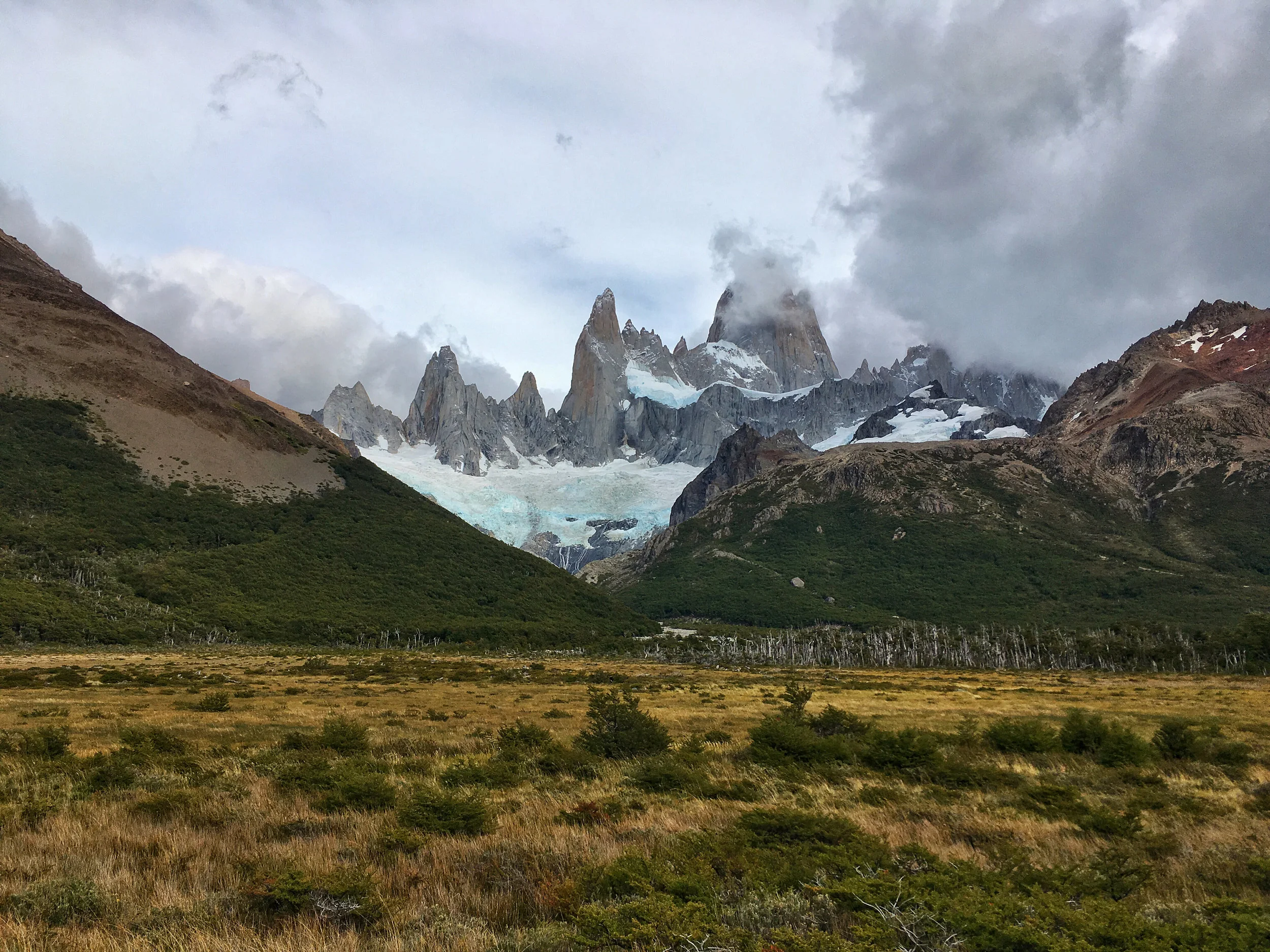Rain was tailing me as I forged on through the lakes district. The dark clouds and damp air I had attempted to abandon leaving Patagonia had no intention of releasing me. Disembarking a bus in the tourism hub of Pucon, I found myself in a familiar situation; a planned hiking itinerary had been dismantled by Mother Nature and I was relegated to waiting it out in the hostel. With time to pass and a well equipped kitchen on premises I took on a task I had been thinking about for a while. In prior accommodation, a similar rainy day situation encouraged a French cyclist to spend the day preparing a feast for herself and her cycling companions. It had been their first real kitchen in weeks and she went all out, which included baking a fresh loaf of bread. Though delicious in appearance and smell I thought, no, knew, I could do better. I don’t like being second fiddle when it comes to my hobbies and took her public bread display as a personal challenge. Wallowing in a grey state of fog and precipitation I grabbed a bag of flour and got to work.
Puerto Varas and the La Junta Valley
Out of Patagonia I embraced the long lost comforts of modern development and the tourism hub of Puerto Varas had all the fixings. Beyond comfortable beds and hot water on demand, delicious sweets were readily available along with the best coffee I had encountered in all of South America. A not too shabby brewery on the outskirts of town was a welcomed treat to a parched palate and I quickly became a regular at a young, former boutique chef’s, gourmet empanada outpost. A local farmer’s market and butcher shop rounded out my rapidly developing daily routine, as my disdain for the rain encountered upon arrival eased. I was happy to stay put here for a while. On day three in town the rain cleared and clouds finally lifted, immediately blown away by what I saw, the reason this town is a must see became abundantly clear.
Thumbs-Up on the Carretera
WARNING: THIS POST IS NSFMS (NOT SAFE FOR MOMS)
KILOMETERS 0 - 160: VILLA CERRO CASTILLO TO COYHAIQUE
I wasn’t first to arrive at the bus stop shelter. Following etiquette, I had to move downstream until the group ahead found a ride. Being new to the game, I didn’t quite have my system in order yet as I walked down the road. My spot was difficult for cars to see, and the limited pull off space and short decision making zone all set me up for failure. Ignorance is bliss though and I gleefully tossed my thumb up into the wind as the first car zipped by. It was day one on the Caraterra, and my first time actively hitchhiking as a primary means of transportation. It’s worth noting that in Chile hitchhiking does not bear the same reputation as in the U.S. and generally speaking, it is a completely normal and acceptable way to get around. On the Carretera this is amplified and has taken on a life of its own. Luckily it was shoulder season so the main hoards of travelers had disbanded, but at times competition for rides can be fierce on this legendary stretch of tarmac and dirt. Maybe it was my positioning, or simply a lack of seasoned aura, but I think my experience level on the road was obvious to the other group; they caught a ride and brokered a deal for Abi and I to hop in the trunk. My first pick up was out of the way and with limited effort I found myself in Villa Cerro Castillo.
Argentina if By Land, Chile if By Sea
Flying to the edge of the world was easy, working my way back into civilization proved more challenging. My goal was to intercept the Carretera Austral, the only road through Chilean Patagonia, but limited onward travel options from Puerto Natales didn’t help much in getting me there. There is a ferry back to Puerto Montt but then working my way back south only to be stuck again seemed silly; as did returning to Punta Arenas and flying. By road in Chile it’s impossible as the Southern Patagonian Icefield, the largest non-polar glacial region in the world, stands in the way. Without a clue of what to do, I found my answer at the bus terminal in the form of a ticket across the border to Argentina.
Torres del Paine
There are few, if any, national parks in the world with the level of accolade and infamy that surrounds Torres del Paine. The grandeur of its natural features, the remoteness of its location, and the brutality of its weather all combine to create a marvelous beast of an attraction and a notch that every outdoor enthusiast would like to add to their belt. There are many ways to explore the crown jewel of Patagonia, but I opted to go all out and hike the famed ‘O’ Circuit. The 8 day / 7 night stroll covers something on the order of 130km and is nothing short of spectacular, but it’s challenges begin long before you step foot on the sacred trail.





